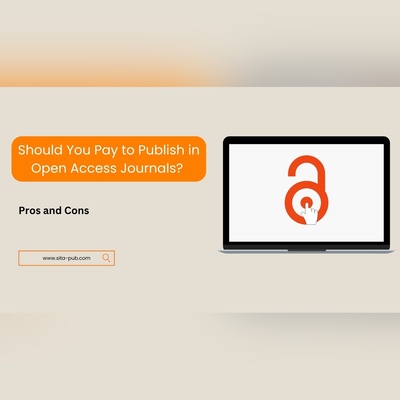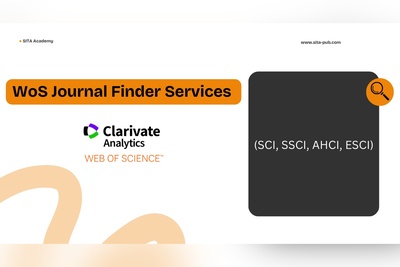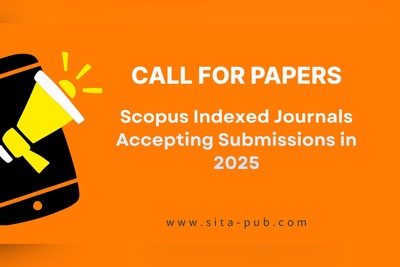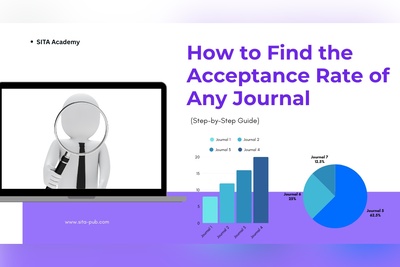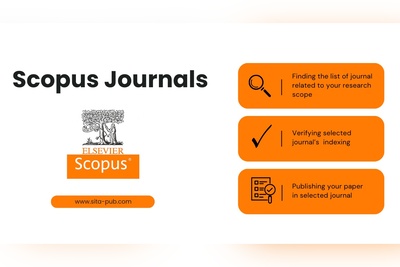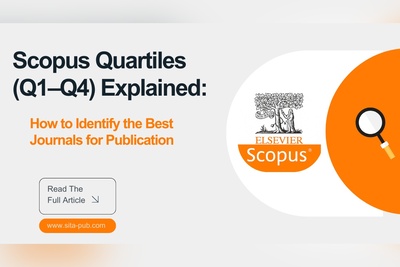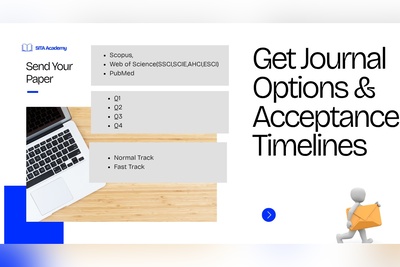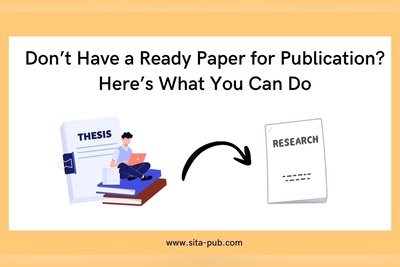How Much Do Publication Fees Actually Cost in 2025? (By Discipline)
Discover the real cost of publishing your research in 2025. Learn publication fees by discipline, what they cover, and how to check journal APCs before submission.
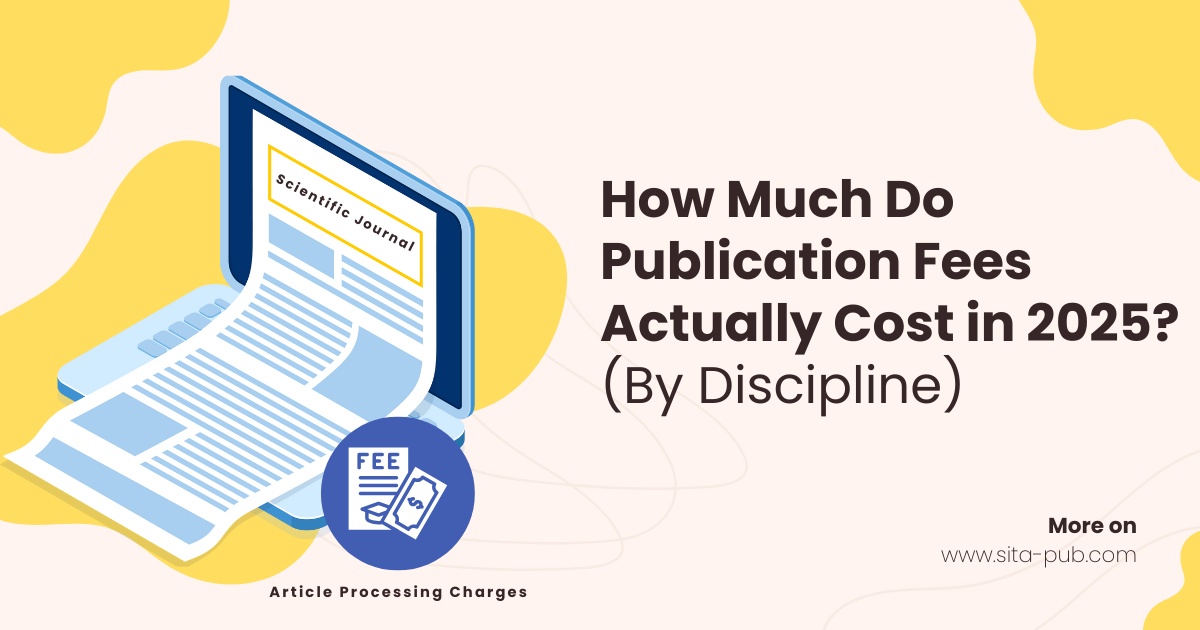
Introduction
For researchers, one of the biggest questions before submitting a paper is: “How much will it cost me to publish?”
Whether you are a PhD student, a faculty member aiming for tenure, or an independent researcher seeking visibility, publication fees play a major role in choosing the right journal. Everyone wants a journal that is fast, high-impact, and affordable — but finding that balance can feel overwhelming.
In 2025, with thousands of journals indexed in Scopus, Web of Science (WoS), and PubMed, fees vary widely depending on discipline, publisher, indexing, and publication options (open access vs subscription).
This guide will break down:
What publication fees are and why they exist.
What these fees actually cover.
The real cost of publishing in 2025 across different disciplines.
How you can check the exact fees for any journal before submitting.
1. What Are Publication Fees?
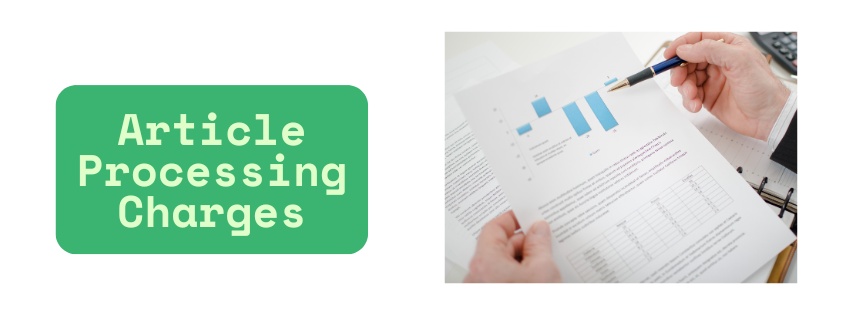
At their simplest, publication fees (also called APCs – Article Processing Charges) are the costs authors pay to get their paper published in a journal.
Why do they exist? Academic publishing is a professional service. Journals handle tasks such as:
Peer review management
Editorial processing
Plagiarism checks
Proofreading and typesetting
Hosting articles online with DOI indexing
Traditionally, readers or institutions paid for journal subscriptions. But with the rise of open access publishing, many journals shifted the cost from readers to authors. This ensures the article is freely available to everyone worldwide, increasing visibility and citations.
In short: publication fees are not just “paying to publish.” They cover the real cost of making your work visible, discoverable, and permanent.
2. What Do Publication Fees Cover?
When you pay an APC, you’re not just buying space in a journal. You’re covering a range of essential services:
Peer Review Management: Coordinating expert reviewers, feedback, and revisions.
Editorial Work: Professional handling of your manuscript by editors and proofreaders.
Plagiarism & Similarity Checks: Journals often use tools like iThenticate.
Copyediting & Typesetting: Formatting your article to meet the journal’s style.
Digital Infrastructure: DOI assignment, indexing in databases like Scopus and PubMed, and long-term archiving.
Open Access Availability: Making sure your work is free to read worldwide.
Promotion & Discoverability: Some publishers promote accepted papers through newsletters, social media, or press releases.
Note: Not all journals charge fees. Some are subscription-based, funded by libraries, where authors publish for free. But open access (and hybrid) models are increasingly common, especially in 2025.
3. How Much Do Publication Fees Actually Cost in 2025? (By Discipline)

Now let’s get to the real question: How much does it cost to publish in 2025?
The cost varies by discipline, journal ranking (Q1–Q4), publisher, indexing, and open access option. Below is an overview based on 2025 trends:
a) Medicine & Life Sciences
Typical Range: $2,000 – $4,000 (Q1 journals often > $3,500).
Why so high? Medical journals invest heavily in peer review, ethical checks, and strict guidelines. Many require open access due to public interest in medical research.
Examples: The Lancet (>$5,000), BMC Medicine (~$3,000).
b) Engineering & Computer Science
Typical Range: $800 – $2,500.
Details: Engineering journals often have lower APCs than medicine. However, IEEE and Elsevier open access options can still cross $2,000.
Fast-track journals may charge more.
c) Social Sciences & Humanities
Typical Range: $500 – $1,800.
Details: Many SSH journals are still subscription-based, meaning authors may publish for free unless they choose open access.
Open access in top-ranked journals can reach ~$2,000.
d) Natural Sciences (Chemistry, Physics, Biology)
Typical Range: $1,500 – $3,500.
Examples: Nature-branded open access journals charge $3,000–$4,000. Elsevier and Springer titles are usually ~$2,000.
e) Business, Management & Economics
Typical Range: $800 – $2,200.
Note: Open access is growing in this field, especially for journals seeking global reach.
Other Factors That Affect Publication Fees
Besides discipline, other elements change the fee you pay:
Indexing:
Journals indexed in Scopus or Web of Science (Q1 & Q2) usually charge more than unindexed ones.
Publisher Reputation:
Elsevier, Springer, Wiley, Taylor & Francis charge higher APCs compared to smaller publishers.
Open Access vs Subscription:
Open access = authors pay, readers read free.
Subscription = institutions pay, authors often publish free.
Hybrid journals give authors a choice.
Journal Quartile (Q1–Q4):
Q1 = high fees, high prestige.
Q4 = lower fees, faster acceptance.
Fast-Track Options:
Some journals charge extra for accelerated peer review.
In 2025, the average global APC across disciplines is about $1,900.
4. How to Check the Publication Fees for a Specific Journal
If you’re planning to submit, always check the fees in advance. Here’s how:
Go to the Journal Website:
Look for sections like “For Authors,” “Submission Guidelines,” or “Publication Charges.”
Check the Publisher’s APC List:
Elsevier, Springer, Wiley, MDPI, Taylor & Francis all maintain updated fee pages.
Use Tools & Databases:
Scopus sources database shows journal info but not always APCs.
JournalFinder (Elsevier), Springer Journal Suggester, or DOAJ (Directory of Open Access Journals) often display fees.
Email the Editorial Office:
If unclear, contact the editor directly and ask about APCs and waiver policies.
Look for Waivers/Discounts:
Many publishers offer fee waivers for authors from low- and middle-income countries or for first-time authors.
Final Thoughts
Understanding publication fees in 2025 is essential for researchers at every stage. Whether you are chasing a Scopus Q1 acceptance letter for promotion, or just need a fast and affordable option to meet graduation requirements, knowing the costs upfront saves you time.
Medicine & life sciences remain the most expensive ($2,000–$5,000).
Social sciences & humanities are the most affordable ($500–$1,800).
On average, expect to pay around $1,900 per paper globally.
Pro tip: Don’t just look at the price. Consider the journal’s indexing, reputation, and fit for your research. Paying a little more for a Scopus Q1 journal could be worth it for your career.
At the end of the day, publication is not just a cost — it’s an investment in your academic visibility, credibility, and future opportunities.
Need help selecting the right journal or handling submissions?
At SITA Academy, we guide researchers worldwide through journal selection, formatting, plagiarism checks, submission, and communication with editors.
Verified Contact Channels
If you have any questions, inquiries, or would like to learn more about our services, please don't hesitate to reach out to us. Our dedicated team is ready to assist you.
